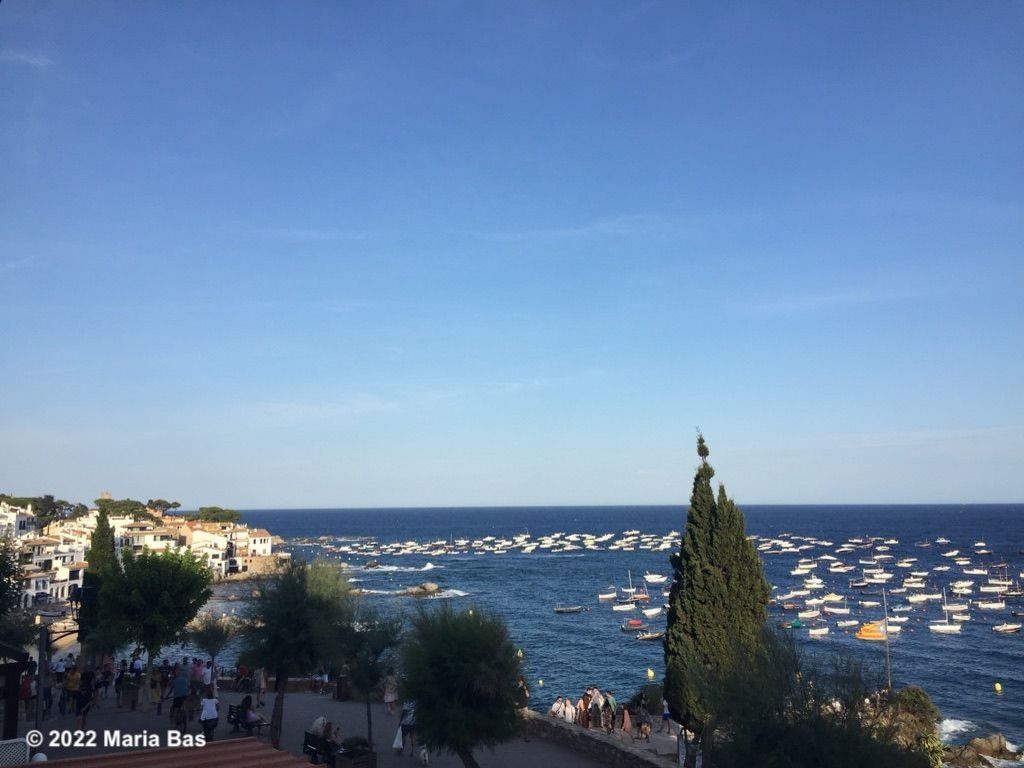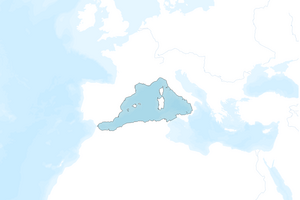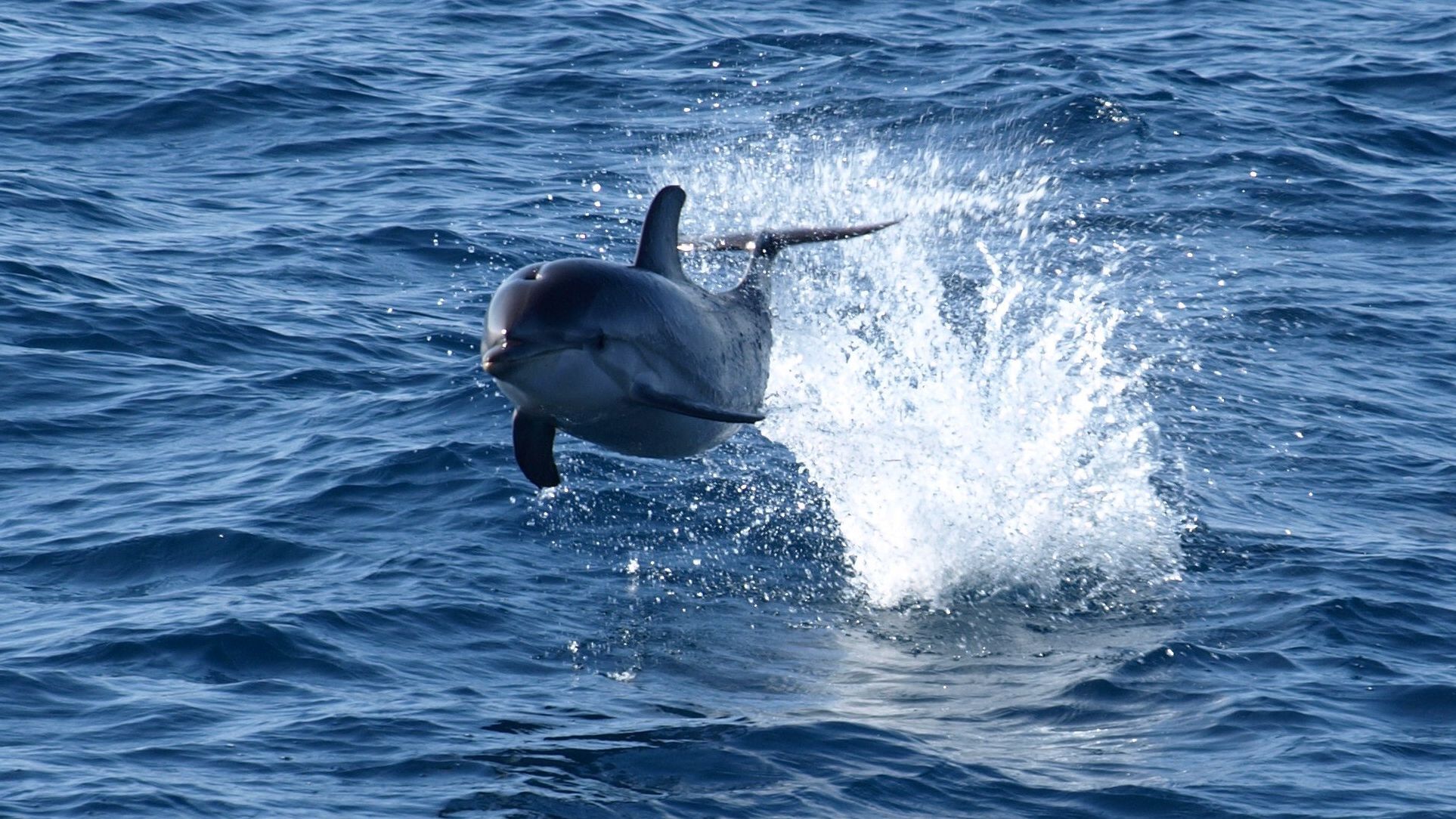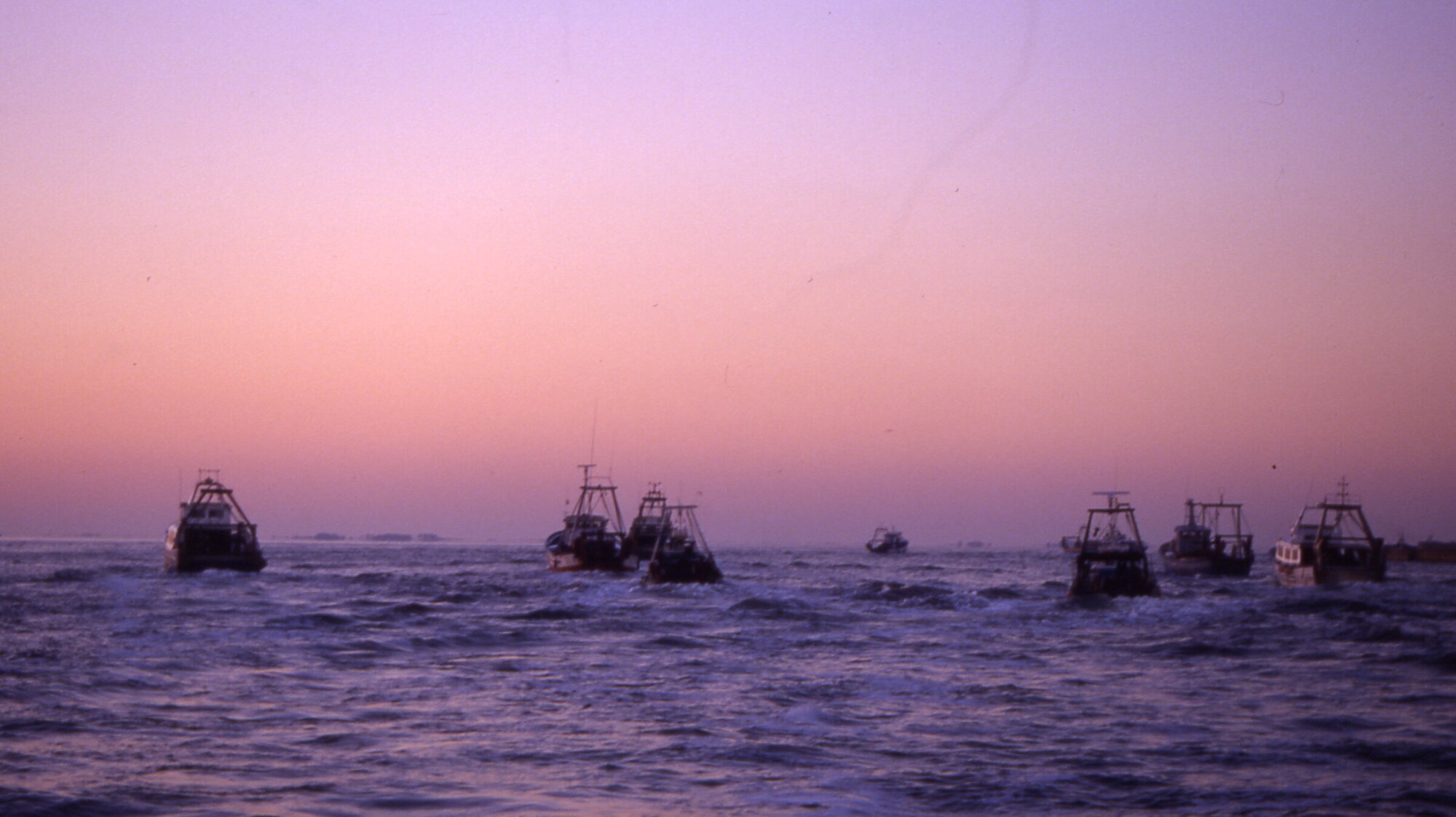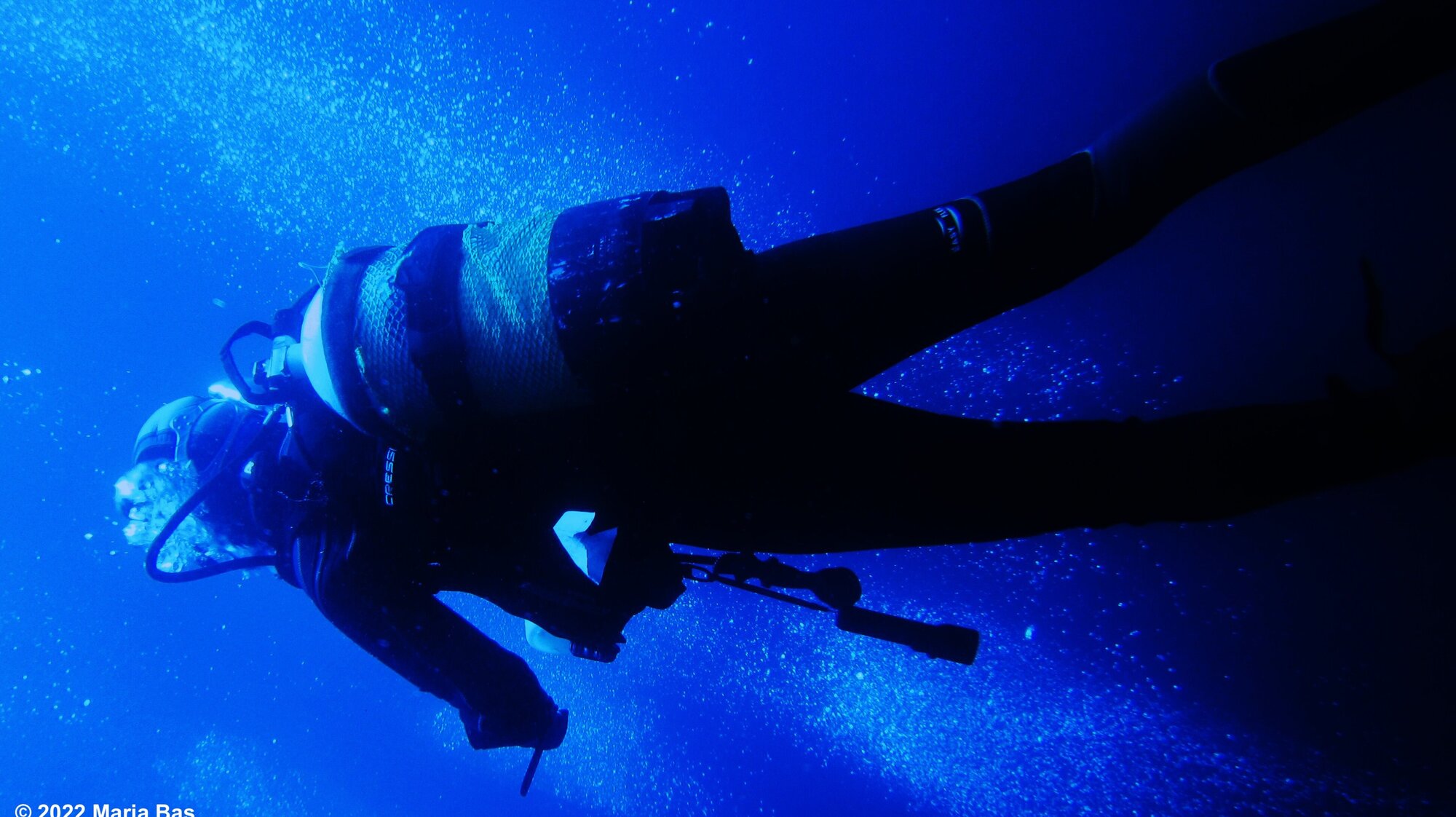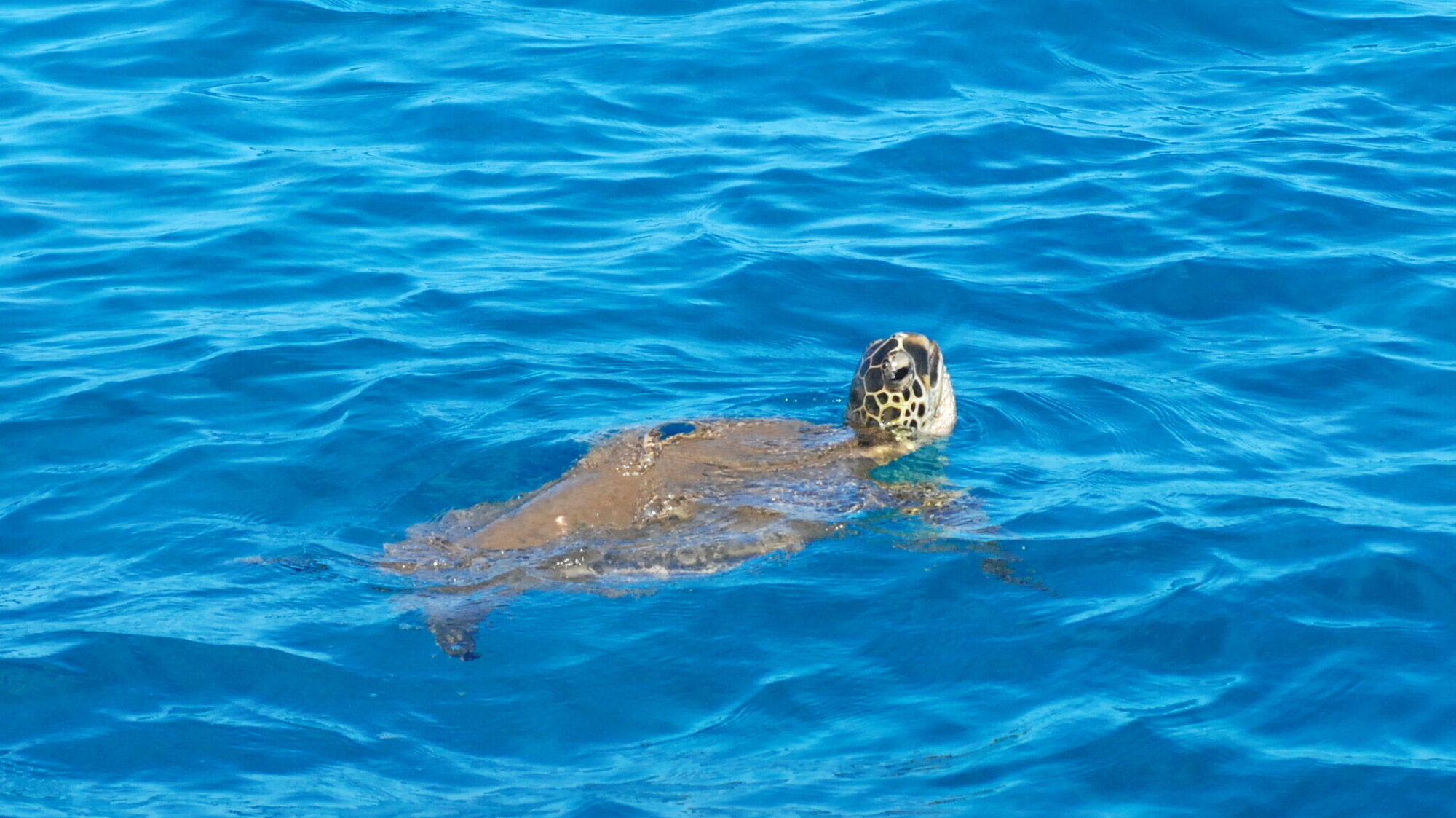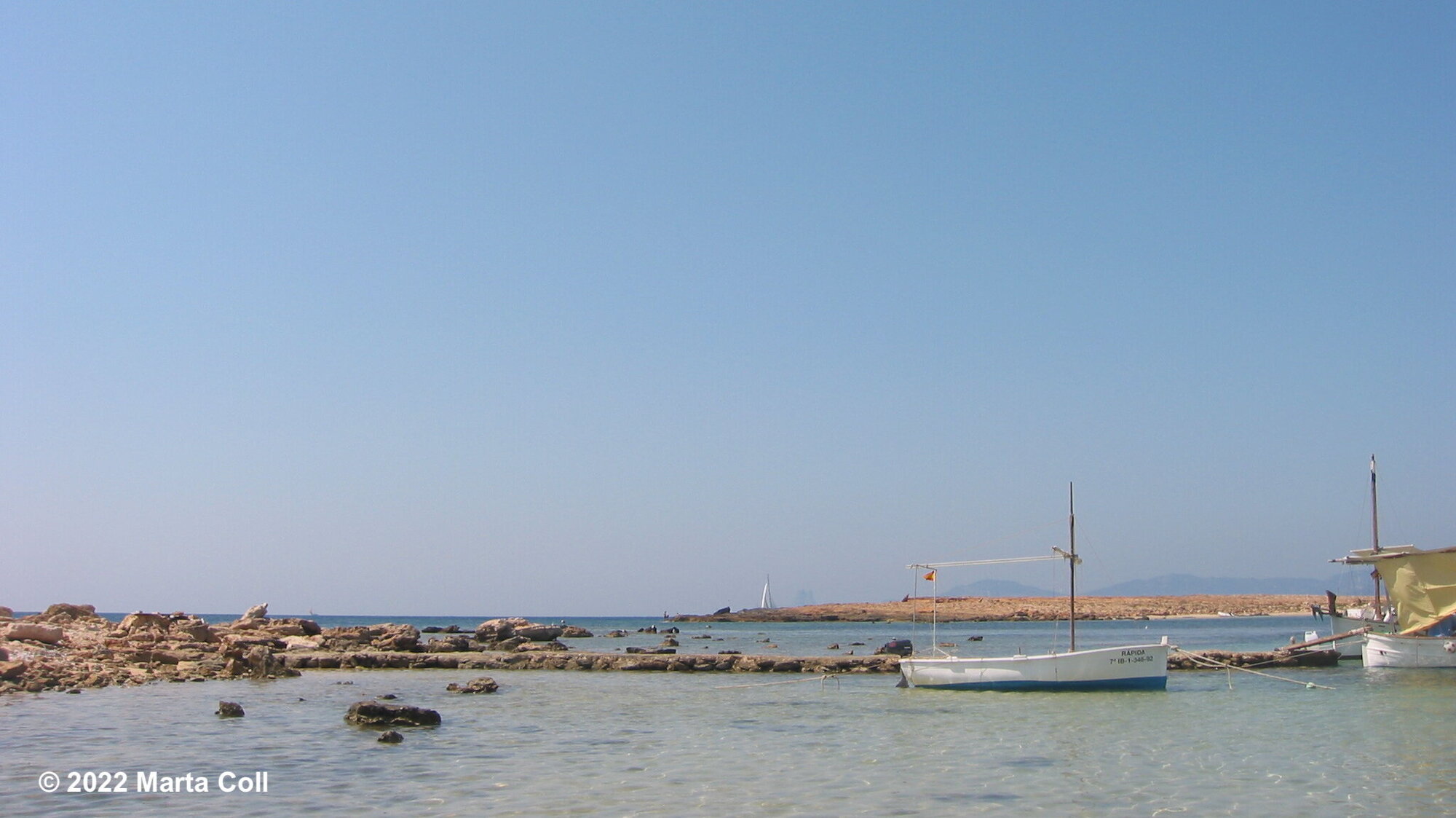Western Mediterranean Sea
The Western Mediterranean Sea is subjected to intense and widely spread human pressures, including high fishing to most commercial species and large discarding and by-catch rates of non-commercial and vulnerable species, and climate change effects such as intense sea warming, ocean acidification and changes in primary production. In addition, habitat degradation, pollution – also by plastics – and the introduction of invasive species (e.g., blue crab) are challenging the management of coastal and marine resources. National or regional spatial plans are still not being developed but discussion about the allocation of areas for offshore renewable energy in specific areas has started, while there is not enough knowledge about their potential impact. Furthermore, the establishment of fisheries restricted areas (permanent or seasonal) and the implementation of larger marine protected areas to conserve and restore vulnerable marine ecosystems (VME) and essential fish habitats (EFH), achieving the 30% protection for 2030 is being discussed.
Under MarinePlan we will explore how proposed plans and actions can underpin marine resources and services, considering a diversity of management interventions. Cumulative impact consideration and MSP measures will inform the development of plausible scenarios to propose ways forward to meet EU and regional conservation targets (2030-30%-10%). The results of trade-off analyses between different plans will be of special interest for local and regional stakeholders, including fisheries associations (e.g., Confraries de pescadors, MEDAC), NGOs (e.g., WWF, MedReAct), managers of different institutions (from Autonomic, Spanish and EU entities), blue growth enterprises, the scientific community (from national and EU institutions such as CSIC, IEO, STECF) and regional advisory bodies (such as GFCM and STECF). This Planning Site will take advantage of results from previous and ongoing projects such as VECTORS, MERCES, SafeNET, FutureMares and FishMIP.
